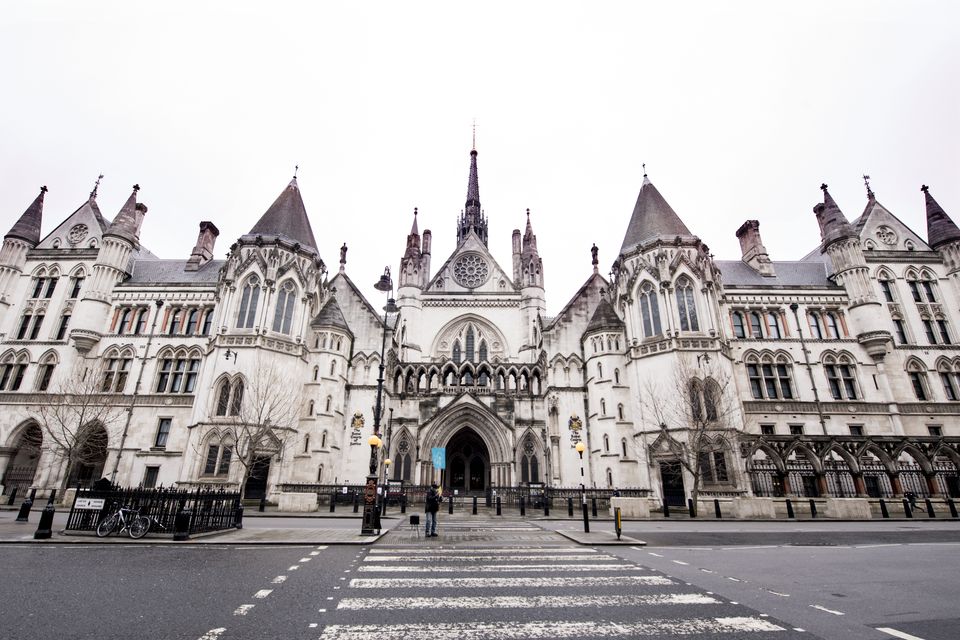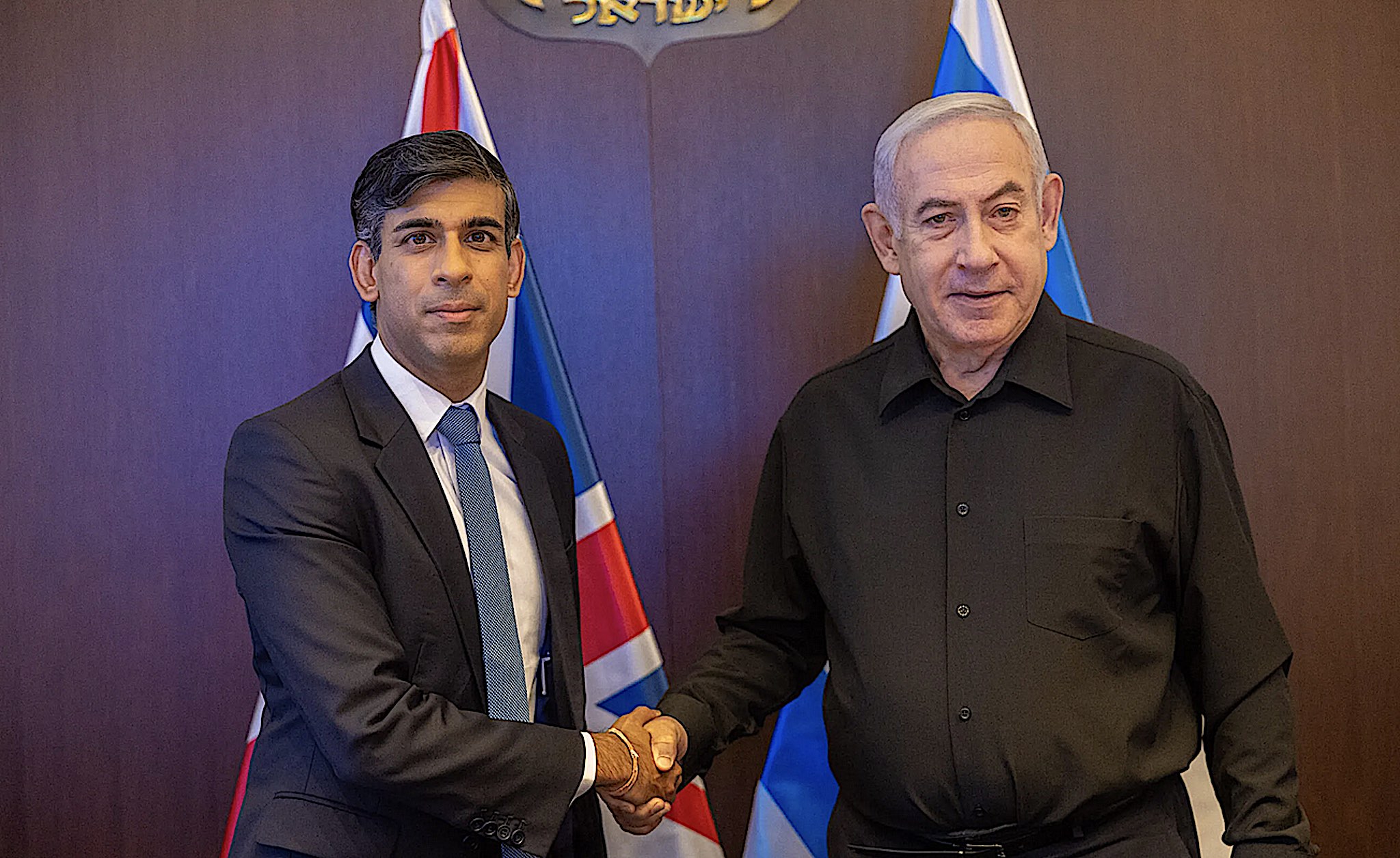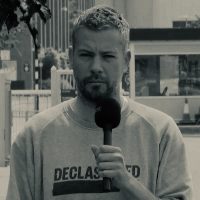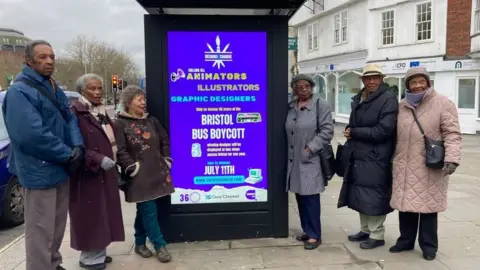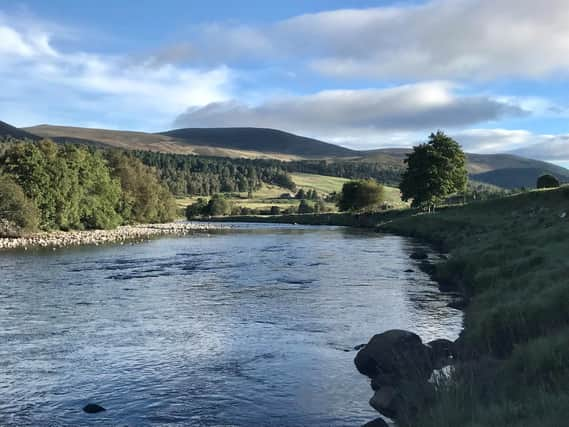8th February 2024
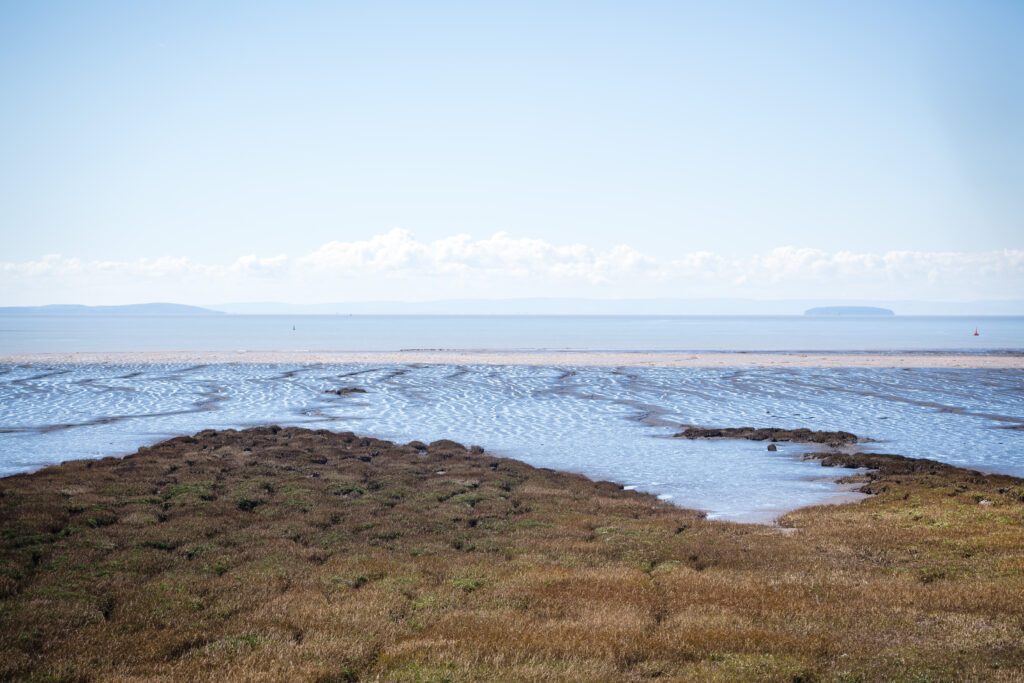
Georgie Styles dives into the state of our oceans’ biodiversity and discovers hope off the coast of Wales.
The Earth’s biodiversity is declining at the fastest rate since the dawn of human history.
Yet, despite 70% of the Earth’s surface being covered by the ocean, few people grasp the extent of biodiversity loss in our waters. Lithium extraction, overfishing, pollution, dredging and the recently discovered ocean impacts of wildfires, are amongst many sources of significant human and climate impact experts warn we need to address now. Rebuilding ocean-based biodiversity through restoration and regenerative sea-farming efforts is key to our future.
Heralded a ‘climate-boosting wonder plant’, seagrass is a flowering underwater plant that grows in dense meadows. It makes an essential contribution to diverse seascapes and provides valuable habitats for sea life to eat, mate and shelter.
Seagrass meadows can capture carbon up to 35 times faster than land-based forests and lock away blue carbon in sediments for millennia. But here in the UK, we have lost almost 92% of our native seagrass forests over the last 100 years. To begin the road to recovery, the Welsh government has now named seagrass protection and restoration a priority for Wales, as a part of their 2050 net zero goals, kickstarting the UK’s biggest seagrass restoration project off the Llŷn Peninsula in Gwynedd and Anglesey in North Wales last year.
The project aims to plant five million seagrass seeds by the end of 2026, in the hope of creating 25 acres – equivalent to over ten rugby pitches – of seagrass meadow.
Seagrass Ocean Rescue
‘For the past 10 years we’ve been working to evidence the biodiversity value of existing healthy meadows in North Wales’, says Leanne Cullen-Unsworth, CEO of Project Seagrass, one of the collaborating organisations on Seagrass Ocean Rescue. ‘Porthdinllaen is the prime example of an absolutely mind-blowingly, amazingly stunning seagrass meadow. It’s just loaded with life’.
In August 2022, WWF began ‘Seagrass Ocean Rescue’ in partnership with Project Seagrass, North Wales Wildlife Trust, Pen Llyn a’r Sarnau SAC and Swansea University, when a team of workers and local volunteers started collecting seagrass seeds at Porthdinllaen.
‘There are more scattered around the whole of Wales, but because we’ve lost so much, there’s very clearly gaps that we could fill’, says Cullen-Unsworth.
The project aims to plant five million seagrass seeds by the end of 2026, in the hope of creating 25 acres – equivalent to over ten rugby pitches – of seagrass meadow. This could help improve water quality and harbour up to 80,000 fish and 100 million invertebrates.
Community is key
Seagrass Ocean Rescue has been co-designed with the local community, selecting sites based on community knowledge and ecological considerations, with an aim to reconnect people with their local coastlines and sea. In February 2023, 100,000 seeds were planted in Penychain and this summer, Seagrass Ocean Rescue collected approximately 1 million seagrass seeds at Porthdinllaen, all thanks to the help of local volunteers. ‘The community buy-in on this is huge’ she explains. ‘People wanted to get involved because they do actually remember snorkelling in a seagrass meadow in North Wales, and seeing a seahorse!’
Sadly this seagrass meadow sighting has become a thing of the past: ‘we’ve come across people thinking it’s invasive, that we’re trying to bring in something that was not there, but it should still be there in a healthy environment… All of the seeds for this project come from existing native meadows’ explains Cullen-Unsworth.
Rebuilding sea-based biodiversity goes beyond seagrass conservation projects. Seaweeds are also known as climate-boosting plants.
In an effort to restore what is rapidly becoming lost knowledge, Seagrass Ocean Rescue engages with hundreds of local volunteers across their sites in North Wales and works with partners such as schools and a local asylum seekers project.
Nature-Based Technology
There is very little knowledge available on our global seagrass meadows, particularly here in the UK. This is mainly due to the fact that seagrass mapping is extremely difficult, and Cullen-Unsworth adds that ongoing AI satellite imaging projects are working to address this challenge.
Project Seagrass have developed an application to try and help advance seagrass spotting. It has data points globally that are in constant development by people taking geo-referenced photographs of a patch of seagrass, which then get contributed to a map. ‘We’re trying to come up with algorithms that will pick out seagrass from a big map or even a drone image,’ she says. The app aims to advance global knowledge of existing seagrass, but also to map out where seagrass no longer exists, in order to understand the scale of the loss.
App technology like this turns seagrass restoration from a scientific study into citizen science, she explains: ‘anyone could go out with a phone and take a photo that is geo-referenced and contribute something real to that global database of sightings’.
Restoration for Community and Commerce
Seagrass restoration is not only about the planet, explains Cullen-Unsworth, ‘the whole point is to create new habitats that have got benefits for the planet but for people as well. You can fish sustainably in a seagrass meadow and you can do it without doing damage,’ she says.
Rebuilding sea-based biodiversity goes beyond seagrass conservation projects. Seaweeds are also known as climate-boosting plants.
A new 2023 study from Nature Sustainability says that ‘seaweed (macroalgae) naturally cycle[s] and remove[s] nutrients – particularly, nitrogen, phosphorous and carbon – from the ocean to fuel their own growth’. This has sparked an interest in the potential of seaweed aquaculture to absorb human-generated CO2. Seaweed-based businesses have been popping up around the UK over the last few years, bringing a positive effect on climate and biodiversity as well as money into the local economy, helping sustain local communities.
‘It’s a win-win really’ explains Tracey Gilbert-Falconer, Funding and Financing Manager at Câr Y Môr. Câr y Môr is the first regenerative seaweed and shellfish farm in Wales. Only one year into having their three hectare farm out in Ramsey sound, off the coast of Pembrokeshire, Câr Y Môr employs fourteen full time members of staff. Which is a welcomed change from only seasonal job availability which has become the norm in coastal towns and villages.
Operating as a community benefit society, they are community-owned and have a growing membership of over 300 people. Their educational and community work also brings the benefits of seaweed into schools, widening knowledge of the benefits and many uses of seaweed.
The Ripple Effect
Câr Y Môr works with PEBL to monitor the impact their seaweed business is having on biodiversity, with the use of underwater cameras and microphones. ‘Going forward, we’re hoping to put more and more money into that research so that we can really start to quantify the positive impact that it’s having’, says Gilbert-Falconer. Despite licensing being the biggest barrier to this type of business, which varies between Wales, Scotland, Northern Ireland and England, they hope that this biodiversity data will transcend borders and be helpful for other business start-ups like theirs across the UK.
Seagrass Ocean Rescue was started off the back of similar successful projects in Plymouth in England and south Wales, and now has its own ripple effect, inspiring projects in Cornwall. Councils, Wildlife Trusts and the Environment Agency are also among those now developing schemes to restore seagrass areas off the British coast.
The ripple effect has reached global communities too, with initiatives like Seagrass Watch, where local groups can take on a ‘home meadow’ and monitor it for health and biodiversity over extended periods to build up a long term database that can be used elsewhere.
Conservation Is Crucial
While restoration is key, it is also essential we protect what we already have. As Cullen-Unsworth explains, ‘it takes five to seven years to know if what you’ve planted will become a viable, self-sustaining meadow’.
Welsh Government policy could help ease barriers to access through lighter legislation, faster licensing, affordable regulations and access to substantial funds over a number of years.
At a time of climate crisis, it is essential we look towards a net gain in habitat, as our already thriving seagrass meadows harbour thousands of species. ‘Seagrasses provide a nursery ground for offshore fisheries, for commercially important species like cod, plaice and haddock’ she says.
Businesses like Câr Y Môr can also be crucial in conservation, working in collaboration with conservation and rewilding projects, ‘we’ve also got native oysters, which are not really popular for food, but they’re great for rewilding projects. So we’re actually harvesting those junior oysters and selling those to rewilding projects around the UK’ says Gilbert-Falconer.
A sea change, with challenges ahead
Leanne from Project Seagrass was keen to share their failures and challenges, explaining it took years of trial and error, moving sites, failed attempts and a huge amount of money and labour to make Seagrass Ocean Project a success. While she encourages others to follow their lead, she urges people to do it in the right way, ‘it needs to be supported by the background science. That’s going to give those seeds or those plants that you put in the absolute best chance of becoming a meadow that will deliver those ecosystem services benefits in time’.
To enable others wanting to start their own seagrass restoration project, particularly community groups, she argues Welsh Government policy could help ease barriers to access through lighter legislation, faster licensing, affordable regulations and access to substantial funds over a number of years. But the real elephant in the room is the poor state of our oceans’ water quality, which hinders seagrass germination and growth.
Tracey Gilbert-Falconer expresses a similar need for an easing in legislative barriers. Initially, Câr Y Môr was only granted a 5 year licence, too short to make their seaweed business viable due to the nature of seaweed production. After much negotiation, they managed to extend their licence to 20 years.
Despite these challenges, both Cullen-Unsworth and Gilbert-Falconer remain hopeful about the future: ‘I wouldn’t be doing this if I didn’t feel genuine hope that we can make change’ says Cullen-Unsworth.
All articles published on the welsh agenda are subject to IWA’s disclaimer.
Georgie Styles is a food anthropologist and freelance multimedia journalist living in Eryri (Snowdonia) National Park, Wales.
:quality(70)/cloudfront-eu-central-1.images.arcpublishing.com/thenational/N6RACRYWDFA4HCWM6VBTU5RJBQ.jpg)
:quality(70)/cloudfront-eu-central-1.images.arcpublishing.com/thenational/WBWMJMPGBJFXVG5JMADNOXOZQY.jpg)
:quality(70)/cloudfront-eu-central-1.images.arcpublishing.com/thenational/U6PPEARDUHGHUDNG6OKGB6GFE4.jpg)

